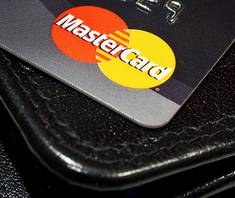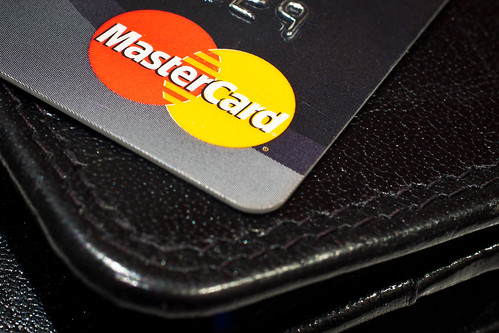Shopping can brighten even the worst of days for many people. Simply head to the store, choose your items and pull out the plastic. For many, that instant high is followed by a devastating crash when they realize that that credit card bill will have to be paid sooner rather than later.
Impulsive credit card shopping can be incredibly costly in more ways than one. Not only will you have to pay your bill, you may be adversely affecting your credit score. If you are looking for ways to curb your credit card spending before you find yourself buried under a mountain of debt, we’re here to help. Here’s how you can stop using your credit cards like they’re going out of style:
1. Know Why You Do It
Are you an emotional spender? By understanding what triggers your spending, you’ll be better able to control it. Do you go shopping when you’re bored? Do you pull out the credit cards when you’re emotional? Try to replace shopping with a more productive activity. If you’re bored, take the dog for a walk. If you’re feeling emotional, jump on the treadmill or head outside for a brisk walk.
2. Give It Some Thought
Before you spend, write down the item you are thinking of purchasing and put the slip of paper in your pocket. Give yourself a week to consider the purchase. If, after a week of thought, you still want the item, go ahead and buy it. The more expensive the item, the longer you should think about it! If you have difficulty waiting, one trick recommended by credit advisors is to put your credit cards in a pan of water and put it in the freezer. That way you still have the cards in case of an emergency, but you just have to wait for them to thaw out and hopefully by then your passion to spend will have cooled down.
3. Make a List
Instead of heading out the store with nothing in particular in mind, make a list before you go. If there are things that you need, write them down and resist the urge to stray from your list. People who make lists are far less likely to overspend than those who don’t write down what they need before they leave the house.
4. Create a Leisure Budget
If you’ve created a household budget, don’t forget to pay yourself first! Decide how much money you can keep out of each paycheck for leisure spending. If you budget money to spend at will, you are less likely to pull it from other areas of your budget.
5. Use Cash
Make a deal with yourself that if you don’t have the cash you won’t make the purchase. Leave your credit cards at home. If it’s an item you really can’t live without, it will still be on the shelves tomorrow. Take it a step further and only carry enough cash to purchase the things that you’ve put on your list!
6. Get a Shopping Buddy
Enlist the help of a friend when you are trying to control your spending. Tell your shopping buddy what it is that you hope to accomplish, share your list with them and ask them to come along for the ride. Your shopping buddy can help you resist impulse purchases by reminding you that you’re trying to control your spending.
Don’t get sucked into the revolving door of credit card spending. If you don’t have the cash to make your purchases, or the cash to pay off your credit card bill when it comes due, resist the temptation to buy. Keep enough cash with you to buy things that are on your list, leave the credit cards at home and enlist the help of a trusted friend. If you follow these steps, you’re sure to get your impulse spending under control.
You may also enjoy: The Wealthy Buy Assets, the Poor Buy Liabilities, and the Middle Class Buy Liabilities Believing They Are Assets


